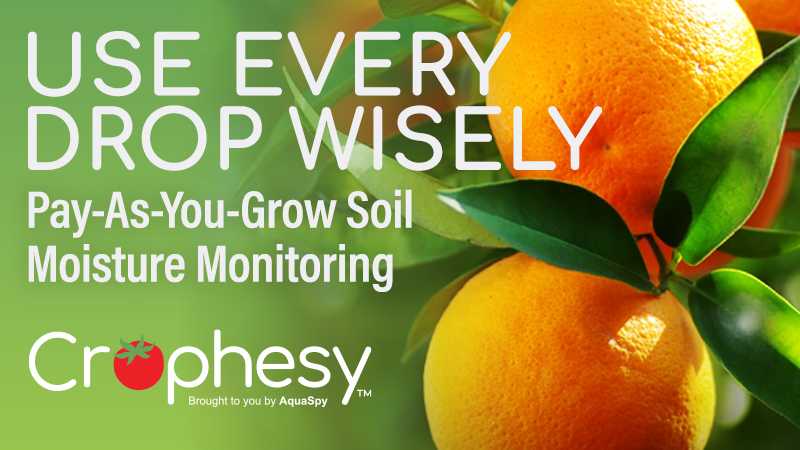Practical Considerations for Peach Tree Propagation
Over the years, I have heard from growers who have considered propagating their own fruit trees. They want a favorite variety no longer available from nurseries, or to save a promising sport found on the home farm, or they are pursuing an idea that could save them money by propagating their own trees. There are many practical considerations that I will address here that may help some and discourage others. My focus is on peaches and nectarines, but many of the issues are relevant to other tree fruit types.
ACQUIRING BUDWOOD
Many tree fruit varieties are protected by plant patents and require permission from the patent holder for propagation and possible royalty payment, if allowed at all. Using your own budwood to propagate trees runs the risk of starting young trees with virus or virus-like pathogen infections. Older trees may tolerate the presence of the virus, but young trees may not. Nor should it be forgotten that rootstock can be infected with viruses.
A tree purchased from a reputable nursery presumably has a better chance of being free from harmful pathogens. Testing your own budwood sources for viral pathogens may help to reduce the uncertainty but can cost from several hundred to more than $500, depending on the lab, number of virus types tested, and the testing method.
GETTING IT DONE
The steps in field budding are very simple — use a sharp knife to cut a scion bud chip, cut a slit in the receiving rootstock, insert the bud, tie with rubber or plastic strip, and remove the wrapping in about one month when the bud is healed in. Over the years, I have discovered that a significant number of people do not have the hand dexterity needed to get this done. Chip budding is generally easier to master than T-budding. However, T-budding becomes the method of choice if the scion budstick is much smaller in diameter than the rootstock.
Growing nursery stock takes the skills and attention to detail of a vegetable grower to care for small rootstock liners and newly budded plants. This includes weed, disease, insect, rodent control, and attention to water and fertilizer needs. Growers need to be ready for pests beyond the common borers and leafrollers to guard against those that are less common in commercial orchards. Examples from the Midwest are Asian garden beetles attacking foliage, ground squirrels targeting germinating rootstock seed, and severe foliar powdery mildew on Bailey and MP29 rootstock.
A not-insignificant issue is detecting “misses” in the budding block; that is, where the scion bud did not survive the budding process. Detecting misses is easier if the scion’s growth characteristics are noticeably different. For example, Bailey rootstock has a distinctive sawtooth leaf edge, while MP29 and some clones of ‘Lovell’ have brown or reddish coloration. Some rootstock have less distinctive but still useful features, such as less glossy foliage or unique leaf glands compared to typical scions.
COORDINATION
The customary time for field budding peaches and nectarines is late summer for Northern regions and May/June for Southern-growing areas. Growing seasons are long enough in Southern nurseries to allow a June-budded tree to reach marketable size by the end of the same season, whereas Northern nurseries dig budded trees in the following season. Spring budding in Northern regions is less common but can be done.
Historically, the Eastern peach and nectarine industry has used rootstock grown from seed. One challenge for field propagation timing is due to a move in the Western U.S. nursery industry toward use of clonal rootstock as a replacement for rootstock grown from seed. Clonal rootstock liner production by nurseries, timed for winter budding in heated greenhouses, is typically too small for late-summer propagation. The make-do approach without greenhouse space is to keep them in pots or plant them outside in the late summer, head them to the ground in the spring, and bud the new top in the late summer. This means the process of producing finished trees requires an extra half year.
GOOD IDEA OR NOT?
Returning to the theme of this column, all things considered, “Does it make sense to grow my own trees?” The answer would be, for most people and situations, probably not. This is particularly true if a lot of money and time is involved, and you have little prior experience with this procedure. The money invested in buying trees is minor compared to the total investment over the lifetime of an orchard.












